Home>Furniture>Outdoor Furniture>How To Keep Cats Off Your Patio Furniture
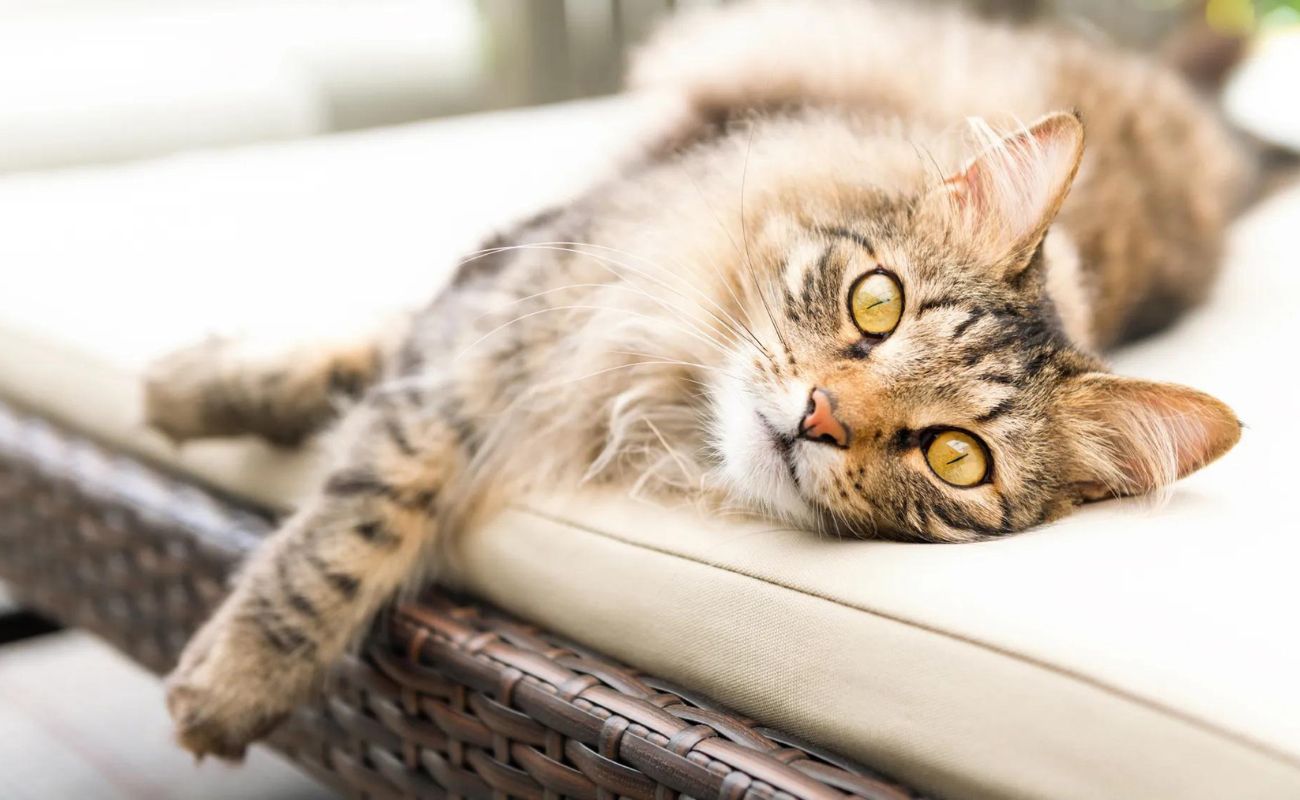

Outdoor Furniture
How To Keep Cats Off Your Patio Furniture
Modified: April 23, 2024
Protect your outdoor furniture from pesky cats with these effective tips and tricks. Keep your patio looking beautiful and cat-free!
(Many of the links in this article redirect to a specific reviewed product. Your purchase of these products through affiliate links helps to generate commission for Storables.com, at no extra cost. Learn more)
Introduction
Outdoor furniture is a wonderful addition to any patio or backyard, providing a comfortable and stylish space to relax and enjoy the outdoors. However, if you are a cat owner, you may have experienced the frustration of finding your feline friend lounging or scratching on your beloved patio furniture. Not only can this behavior damage the furniture, but it can also leave behind unwanted fur, scratches, and even unpleasant odors.
Understanding why cats are attracted to patio furniture is the first step in finding effective ways to keep them off. Cats are naturally curious creatures and are drawn to soft and comfortable surfaces, such as cushions and upholstery, where they can stretch, nap, and scratch to their heart’s content. Additionally, the height of outdoor furniture provides an elevated vantage point, allowing cats to survey their environment and indulge in their natural hunting instincts.
While it may seem daunting to prevent cats from accessing your patio furniture, there are several methods and deterrents available to help you reclaim your outdoor space. In this article, we will explore different strategies to deter cats from lounging on your patio furniture, including scent-based deterrents, motion-activated deterrents, physical barriers, alternative scratching surfaces, and even training techniques to keep your furry friends off the furniture.
By implementing these methods, you can create a cat-free zone on your patio without resorting to harmful or cruel measures. Let’s dive into the details of each approach, so you can start enjoying your outdoor furniture without the presence of your feline friends.
Key Takeaways:
- Cats are attracted to patio furniture for comfort, observation, scratching, and exploration. Understanding their needs helps in implementing effective deterrents and providing alternative options.
- Scent-based, motion-activated deterrents, physical barriers, alternative scratching surfaces, and positive reinforcement can keep cats off patio furniture while ensuring their well-being and a peaceful outdoor space.
Read more: How To Keep Cats Off Your Porch Furniture
Understanding why cats are attracted to patio furniture
Before we delve into the methods to keep cats off your patio furniture, it’s essential to understand why they are drawn to it in the first place. Cats have certain natural behaviors and instincts that can explain their attraction to outdoor furniture.
Comfort: Cats seek out soft and cozy surfaces to rest and relax. Patio furniture, with its plush cushions and comfortable upholstery, provides them with a perfect spot to lounge. The cushions offer warmth and a sense of security, making them an inviting spot for a cat to curl up for a nap.
Height and Observation: Cats are known to be curious creatures, and they love having an elevated vantage point from which to observe their surroundings. Patio furniture, such as lounge chairs or tables, allows them to climb and perch at a higher level, giving them a better view of their territory and potential prey.
Scratching Needs: Cats have a natural instinct to scratch, which helps them keep their claws in good condition and mark their territory. Patio furniture often provides tempting scratching surfaces, such as wooden armrests or wicker frames, which cats find irresistible.
Exploration: Outdoor furniture presents an unfamiliar environment for cats, and they are instinctively inclined to explore new spaces. The nooks, crannies, and hidden spots of patio furniture become intriguing hiding places for them to investigate and play in.
Understanding these instincts and motivations can help us develop effective methods for keeping cats off our patio furniture. By addressing their need for comfort, observation, scratching, and exploration, we can offer alternative options that fulfill these desires while keeping our furniture safe and cat-free.
Methods to deter cats from accessing patio furniture
Now that we understand why cats are attracted to patio furniture, let’s explore some effective methods to deter them from accessing it altogether. These methods focus on redirecting their behaviors and providing alternative options that cater to their natural instincts.
Scent-based deterrents: Cats have a strong sense of smell, and certain scents can act as deterrents to keep them away from your patio furniture. Citrus scents, such as orange or lemon, are known to repel cats. You can create a homemade spray by mixing water and citrus essential oil and spritzing it on the furniture. Another option is using commercial cat repellent sprays that contain a combination of natural repellent oils.
Motion-activated deterrents: Cats are startled by sudden movements and noises, making motion-activated deterrents an effective solution. These devices emit a loud noise, release a burst of air, or spray a harmless mist of water when triggered by a cat’s presence. The unexpected stimulus discourages cats from approaching the furniture and conditions them to associate it with negative experiences.
Creating physical barriers or obstacles: Preventing cats from physically accessing your patio furniture can be achieved through the use of barriers or obstacles. One option is to place a mesh or netting over the furniture, creating a physical barrier that keeps cats from jumping or climbing onto it. Another method is to strategically place objects such as aluminum pans or double-sided tape on the furniture, which cats find unpleasant to walk or sit on.
Providing alternative scratching surfaces: Cats have a natural urge to scratch, and providing them with suitable alternatives can redirect their scratching behavior away from your patio furniture. Invest in scratching posts or boards that are placed near the furniture, encouraging cats to scratch on those designated surfaces instead. These alternatives can be made from sisal rope or cardboard, which are appealing textures for cats to sink their claws into.
Training your cat to stay off the patio furniture: Training your cat to stay away from the patio furniture requires consistency, patience, and positive reinforcement. Use deterrents mentioned above, such as citrus scents or motion-activated devices, to discourage them from accessing the furniture. Additionally, provide comfortable and enticing alternatives, such as cat beds or designated cat-friendly areas on the patio, and reward them with treats and praise when they use those designated spaces.
By implementing these methods, you can create a cat-proof zone on your patio, preserving the integrity of your furniture and ensuring a pleasant outdoor experience for both you and your feline friends.
Using scent-based deterrents
Scent-based deterrents can be an effective way to discourage cats from accessing your patio furniture. Cats have a heightened sense of smell, and certain scents are known to repel them. By using these scents, you can create a barrier that cats will naturally want to avoid.
One popular scent that cats dislike is citrus. The strong smell of citrus fruits, such as oranges and lemons, can be highly effective in deterring cats. You can make a homemade spray by mixing water with a few drops of citrus essential oil. Spray this mixture onto your patio furniture, focusing on areas that cats are prone to explore or scratch. Be sure to reapply the spray regularly, as the scent can fade over time.
In addition to citrus, other scents that cats find unpleasant include lavender, peppermint, and eucalyptus. These scents can be used in combination or individually to create a deterrent. Again, you can make sprays using essential oils or purchase commercial cat repellent sprays that contain these scents.
When using scent-based deterrents, it’s important to keep in mind that they may need to be reapplied frequently, especially after rain or if your furniture is regularly exposed to the elements. Additionally, some cats may have different scent preferences, so it may take some trial and error to find the scents that work best to discourage your particular feline friend.
Another option to consider is utilizing natural materials that cats dislike. For example, cats tend to avoid the rough texture of aluminum foil. You can place strips or sheets of aluminum foil on your patio furniture to create an unpleasant surface for cats. Alternatively, you can use double-sided tape, which cats find sticky and uncomfortable to step on. This can help train them to associate your furniture with an unpleasant experience and gradually deter them from approaching it.
It’s important to note that while scent-based deterrents can be effective, they are not foolproof. Some cats may become accustomed to the scents over time or simply have a higher tolerance for them. Therefore, it’s a good idea to combine scent-based deterrents with other methods, such as providing alternative scratching surfaces or using motion-activated deterrents, for a comprehensive approach to keeping cats off your patio furniture.
Using motion-activated deterrents
Motion-activated deterrents can be a highly effective method to keep cats off your patio furniture. Cats are naturally cautious creatures and are easily startled by sudden movements or noises. By utilizing motion-activated devices, you can startle them when they approach the furniture, conditioning them to associate it with negative experiences.
One popular type of motion-activated deterrent is a device that emits a loud noise when it detects motion. These devices are equipped with sensors that can detect the presence of a cat and emit a loud sound, such as a sharp beep or a hiss, to startle them. The sudden noise can be quite effective in deterring cats from approaching the furniture, as they will quickly learn to associate the sound with an unpleasant experience.
Another type of motion-activated deterrent is a device that releases a burst of air when motion is detected. These devices use compressed air to create a puff of air that startles the cat. This sudden burst can deter cats from approaching the furniture, as they will learn to avoid the area to avoid the unpleasant sensation.
In addition to noise and air, there are also motion-activated deterrents that spray a harmless mist of water when triggered. Cats generally dislike getting wet, so the sudden burst of water can be a strong deterrent. These devices are especially effective if placed strategically near the furniture, ensuring that the cat gets spritzed when they approach.
When using motion-activated deterrents, it’s important to place them in areas where the cats are most likely to approach the furniture. Pay attention to their usual pathways and areas of interest. For example, if you notice that cats tend to jump onto the furniture from a specific direction, you can place the deterrent in that area to startle them before they reach the furniture.
It’s worth noting that motion-activated deterrents can startle not only cats but also other animals, including birds or small mammals. If you have other pets or frequent visits from wildlife, ensure that the deterrent is set at a height or position that targets only the intended intruders and doesn’t cause unnecessary disturbance.
Using motion-activated deterrents can be an effective and humane way to keep cats off your patio furniture. However, it’s important to remember that they should be used in conjunction with other methods, such as scent-based deterrents or providing alternative scratching surfaces, to create a comprehensive approach in deterring cats from accessing your furniture.
Place double-sided tape or aluminum foil on the furniture to deter cats from jumping on it. Cats dislike the sticky feeling or the sound of foil when they step on it.
Read more: How To Keep Cat Off Furniture
Creating physical barriers or obstacles
If you’re looking for a more direct approach to keeping cats off your patio furniture, creating physical barriers or obstacles can be an effective solution. By blocking their access or making it difficult for them to reach the furniture, you can deter cats from jumping or climbing onto it.
One simple and cost-effective solution is to use mesh or netting to cover the furniture. This can be particularly effective for preventing cats from accessing areas with cushions or soft upholstery. Secure the mesh or netting tightly to ensure that it is not easily dislodged. Cats will find it challenging to navigate or climb on the mesh, discouraging them from using your furniture as their personal lounging spot.
Another option is to strategically place physical obstacles on or around the furniture. Aluminum pans, scattered in a pattern across the furniture, can create an unpleasant noise and sensation when cats attempt to jump or land on them. This can discourage their attempts and condition them to associate the furniture with an unpleasant experience.
Double-sided tape is another effective obstruction. Cats dislike the sticky texture and will avoid stepping on it. Apply strips or sheets of double-sided tape to the furniture, particularly on areas where cats are prone to scratch or lounge. Over time, cats will learn that these areas are off-limits.
In addition to mesh, pans, and tape, you can also explore other physical barriers such as plastic wrap, aluminum foil, or even temporary fencing. The goal is to create an obstacle that cats find uncomfortable or unpleasant, deterring them from accessing your patio furniture.
When implementing physical barriers or obstacles, consider the aesthetics and functionality of your patio furniture. Choose materials and methods that are non-damaging and can be easily removed when you want to use the furniture or entertain guests. The goal is to create a cat-proof zone without compromising the overall appearance and usability of your outdoor space.
It’s important to note that while physical barriers can be effective, they may require some trial and error to find the right combination of materials and placement for your specific situation. Observe your cats’ behavior and make adjustments as needed to ensure their access to the furniture is successfully restricted.
By creating physical barriers or obstacles, you can maintain the integrity of your patio furniture while keeping your feline friends away from it. These deterrents offer a direct and tangible solution to deter cats from accessing your furniture without causing them harm.
Providing alternative scratching surfaces
Cats have a natural instinct to scratch, and providing them with suitable alternatives can help redirect their scratching behavior away from your patio furniture. By offering alternative scratching surfaces, you can fulfill their need to scratch and protect your furniture at the same time.
Investing in a sturdy and tall scratching post is a great option. Scratching posts are designed specifically for cats to stretch and exercise their claws. Look for a post made of sisal rope, as cats are naturally attracted to this material. Place the scratching post near the patio furniture, making it easily accessible for your cats.
If you have multiple cats or a larger outdoor area, consider installing multiple scratching posts or a cat tree. This provides more options for your cats to scratch and climb, alleviating their territorial instincts and preventing them from turning to your furniture as a scratching post.
Another alternative for cats to scratch on is a cardboard scratching board. These boards are typically made of corrugated cardboard and are highly appealing to cats. The rough texture allows cats to sink their claws into the surface, fulfilling their scratching needs. Place the boards near the furniture or in areas where cats tend to scratch, such as door frames or corners.
When introducing alternative scratching surfaces, it’s important to encourage your cats to use them. You can do this by using catnip or pheromone spray to attract their attention to the new surfaces. Gently guide their paws onto the scratching post or board and reward them with treats or praise when they use it. Consistency and positive reinforcement are key in training your cats to utilize the alternative scratching surfaces.
Regularly inspect and maintain the alternative scratching surfaces to ensure they remain enticing to your cats. Trim any loose or frayed sisal rope on scratching posts and replace cardboard scratching boards when they become worn or shredded. This helps maintain their appeal and prevents cats from seeking out other surfaces, such as your patio furniture, to satisfy their scratching needs.
It’s worth mentioning that some cats have individual preferences when it comes to scratching surfaces. Observe your cats’ scratching behavior to determine the type of texture and material they prefer. You can experiment with different options, such as carpeted scratching posts or rope-covered scratching boards, to find the ones that attract your cats the most.
By providing alternative scratching surfaces, you can redirect your cats’ scratching behavior away from your patio furniture. This not only protects your furniture but also satisfies your cats’ natural instincts and promotes their overall well-being.
Training your cat to stay off the patio furniture
If you want to take a proactive approach, training your cat to stay off the patio furniture can be an effective long-term solution. With consistency, patience, and positive reinforcement, you can teach your cat to respect your boundaries and enjoy the outdoor space without damaging the furniture.
Establishing boundaries: Start by setting clear boundaries and establishing which areas are off-limits for your cat. This can be done through verbal cues, such as saying “off” or “no” when your cat attempts to climb or jump on the furniture. Repeat this command consistently whenever your cat exhibits unwanted behavior.
Providing alternative spaces: Cats need their own designated space to relax and enjoy the outdoors. Create a cat-friendly area on the patio with comfortable bedding, toys, and scratching surfaces. Alternatively, you can provide a sturdy outdoor cat enclosure or create a safe and enclosed outdoor space for your cat to explore.
Positive reinforcement: Reward your cat for exhibiting desired behaviors, such as using the provided alternative spaces or staying off the furniture. Offer treats, praise, or petting as a reward when your cat respects the established boundaries. Positive reinforcement helps create a positive association and encourages your cat to repeat the behavior.
Redirecting behavior: If you catch your cat attempting to jump on the furniture, redirect their attention to a more appropriate activity or area. Use toys or treats to distract and engage your cat in play or guide them toward the designated cat-friendly space. Over time, your cat will learn that the alternative areas are more rewarding and engaging.
Use deterrents: In combination with training, you can employ some of the scent-based or motion-activated deterrents mentioned earlier in the article. By associating the furniture with unpleasant scents or startling stimuli, your cat will gradually learn to avoid it.
Consistency and patience: Training your cat to stay off the furniture requires consistency and patience. Be persistent in enforcing boundaries and offering alternative options. Remember, every cat is different, and it may take time for your cat to learn and adapt to the new rules.
Be a role model: Cats often imitate behavior observed in their owners. If you regularly use the furniture for lounging or scratching, your cat will be more inclined to do the same. Set an example by avoiding the furniture yourself and using your designated spaces. This sends a clear message to your cat that the furniture is off-limits.
It’s important to note that punishment or harsh training methods are not recommended, as these can cause fear and anxiety in your cat, damaging the bond of trust between you. Training should always be conducted in a positive and patient manner, aiming to reinforce desired behaviors rather than simply punishing unwanted ones.
By providing clear boundaries, offering alternative spaces, using positive reinforcement, and being consistent in your training efforts, you can successfully teach your cat to stay off the patio furniture. With time and patience, you and your cat can enjoy your outdoor space harmoniously.
Conclusion
Keeping your cats off your patio furniture doesn’t have to be a constant struggle. With the right strategies and a little bit of effort, you can create a cat-free zone on your patio while still providing them with comfortable and engaging alternatives.
Understanding why cats are attracted to patio furniture is the first step. By recognizing their need for comfort, observation, scratching, and exploration, you can address these instincts with alternative options that fulfill their needs.
Scent-based deterrents, such as citrus sprays or commercial repellents, can help create a barrier that cats naturally want to avoid. Motion-activated deterrents startle cats when they approach the furniture, conditioning them to associate it with negative experiences. Physical barriers or obstacles, such as mesh or netting, can physically prevent cats from accessing the furniture. Providing alternative scratching surfaces, such as scratching posts or cardboard boards, redirect their scratching behavior away from the furniture. Finally, training your cat to stay off the patio furniture through clear boundaries, positive reinforcement, and redirecting their behavior can promote long-term success.
Remember to be patient, consistent, and reward your cat for desirable behavior. Avoid harsh training methods and prioritize positive reinforcement to maintain a loving and trusting relationship with your furry friend. With time and patience, your cat will learn to respect your boundaries and enjoy their designated spaces on the patio.
By implementing these strategies and techniques, you can reclaim your patio furniture and create a peaceful and enjoyable outdoor space for both you and your cat. Whether you want to protect your furniture from scratching, reduce fur and odors, or simply preserve the aesthetic appeal, these methods will help you achieve your goals while ensuring the well-being of your feline companion.
So, go ahead and start implementing these methods to keep your cats off your patio furniture. Enjoy your outdoor space without worrying about your furniture being a feline hotspot. Create a cat-friendly environment with alternative options, and remember to foster a loving and enriching relationship with your furry friends.
Frequently Asked Questions about How To Keep Cats Off Your Patio Furniture
Was this page helpful?
At Storables.com, we guarantee accurate and reliable information. Our content, validated by Expert Board Contributors, is crafted following stringent Editorial Policies. We're committed to providing you with well-researched, expert-backed insights for all your informational needs.
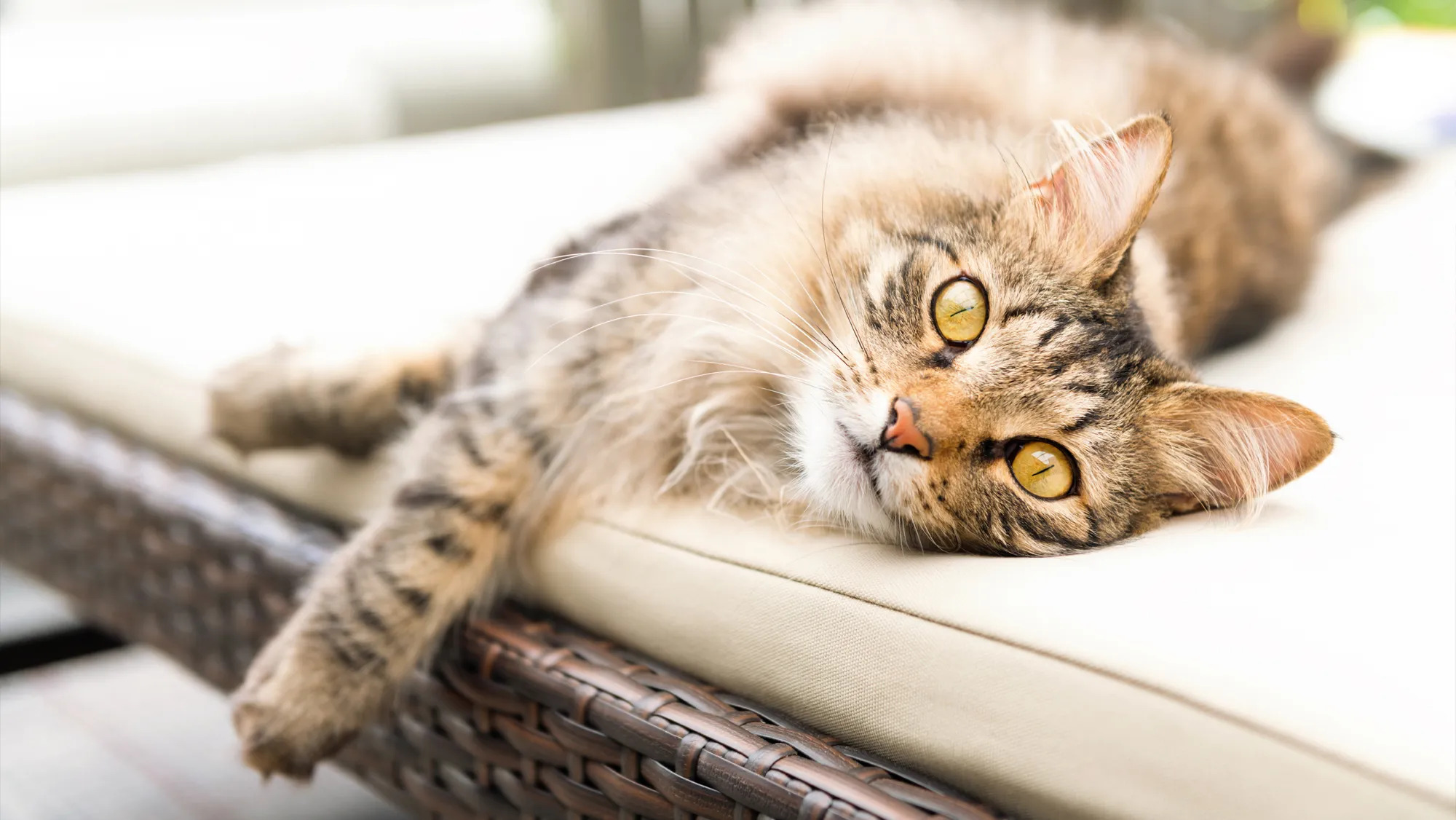

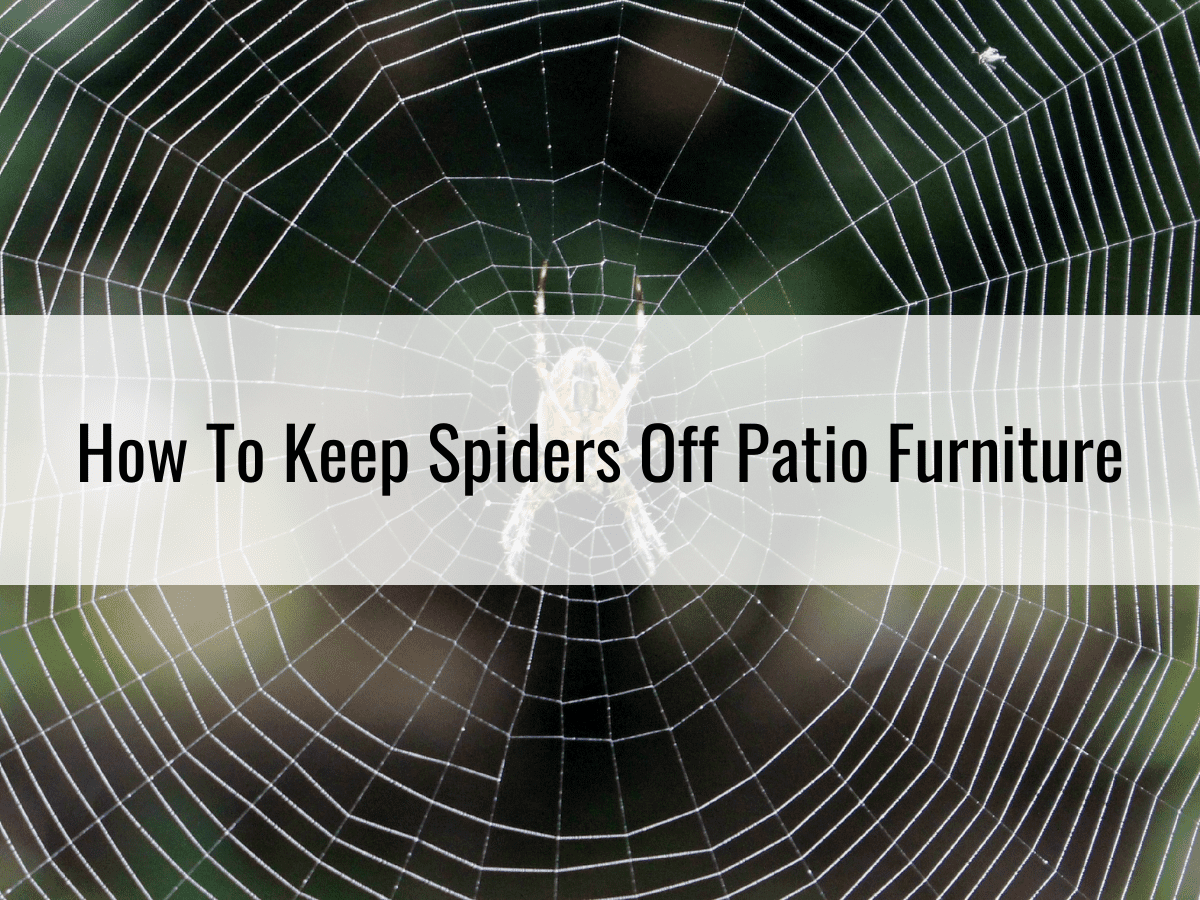

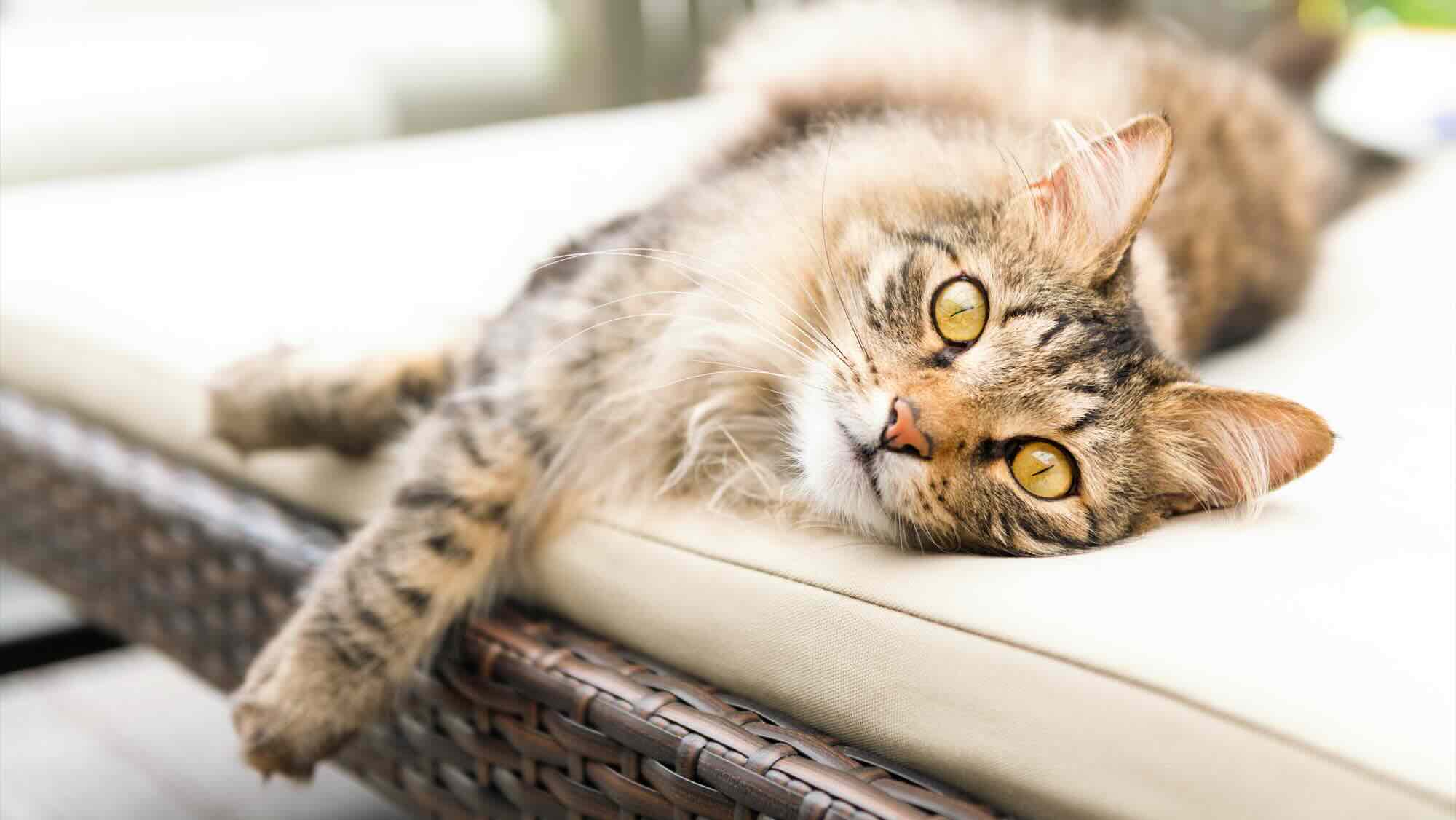


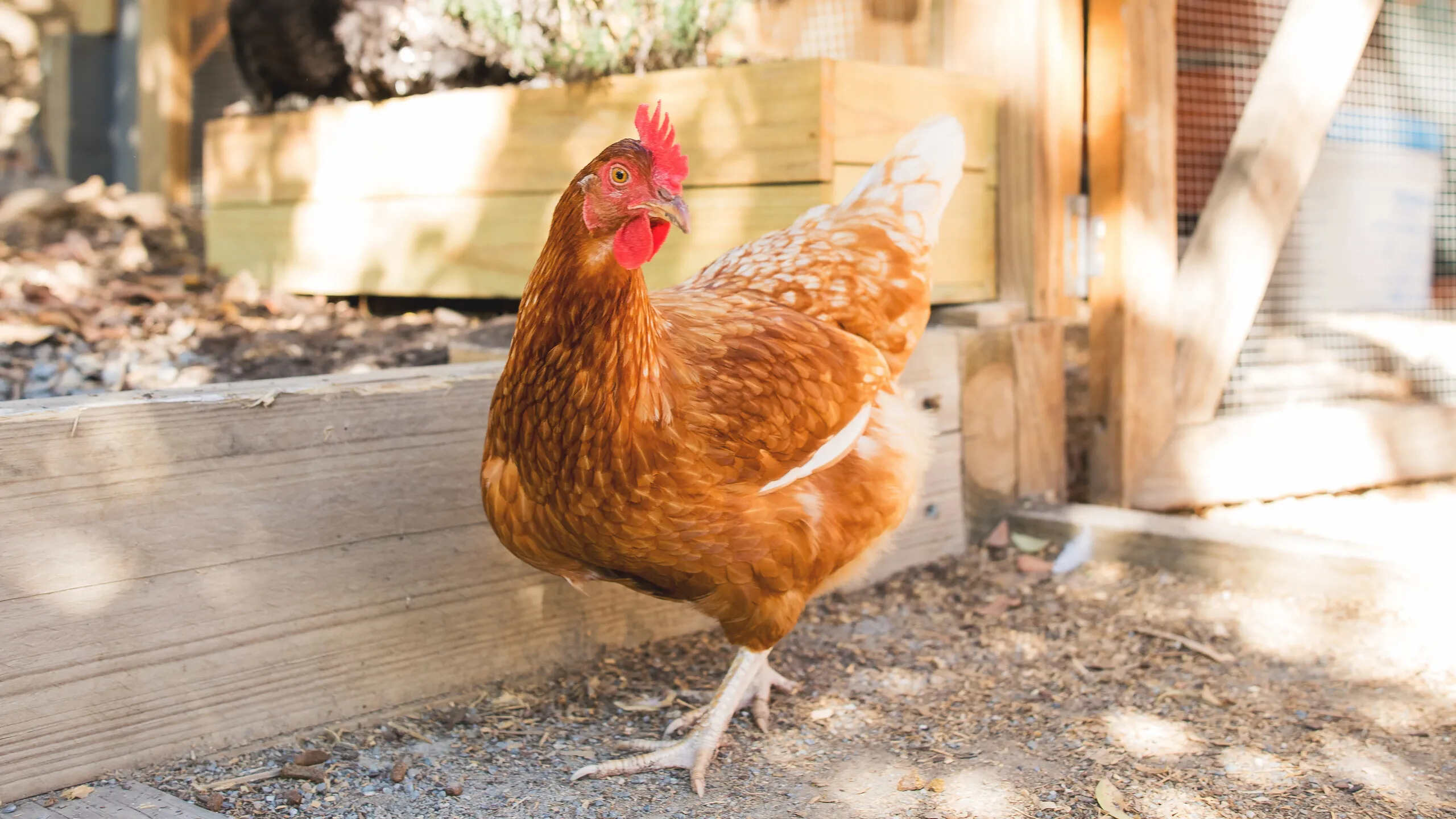
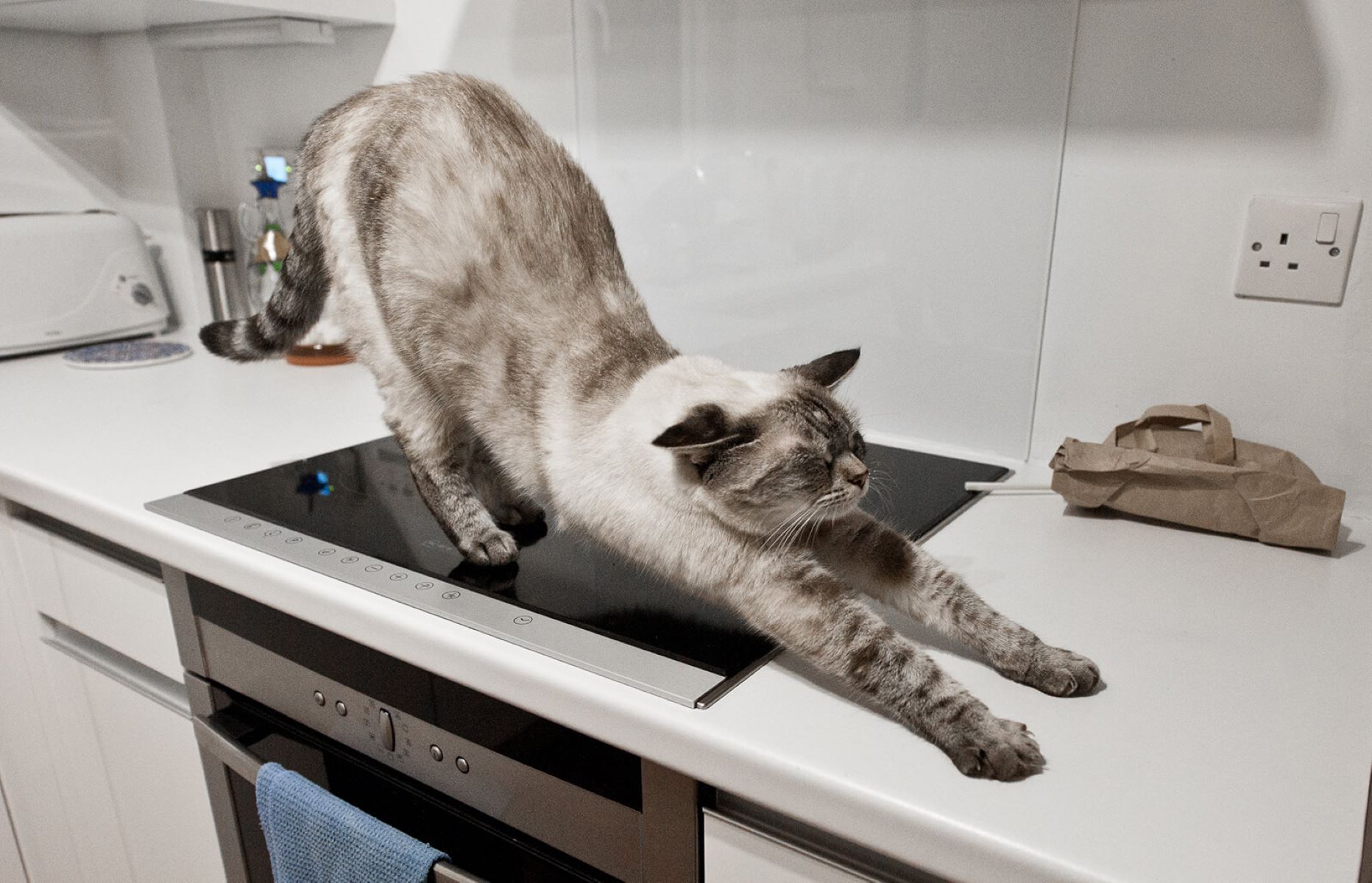
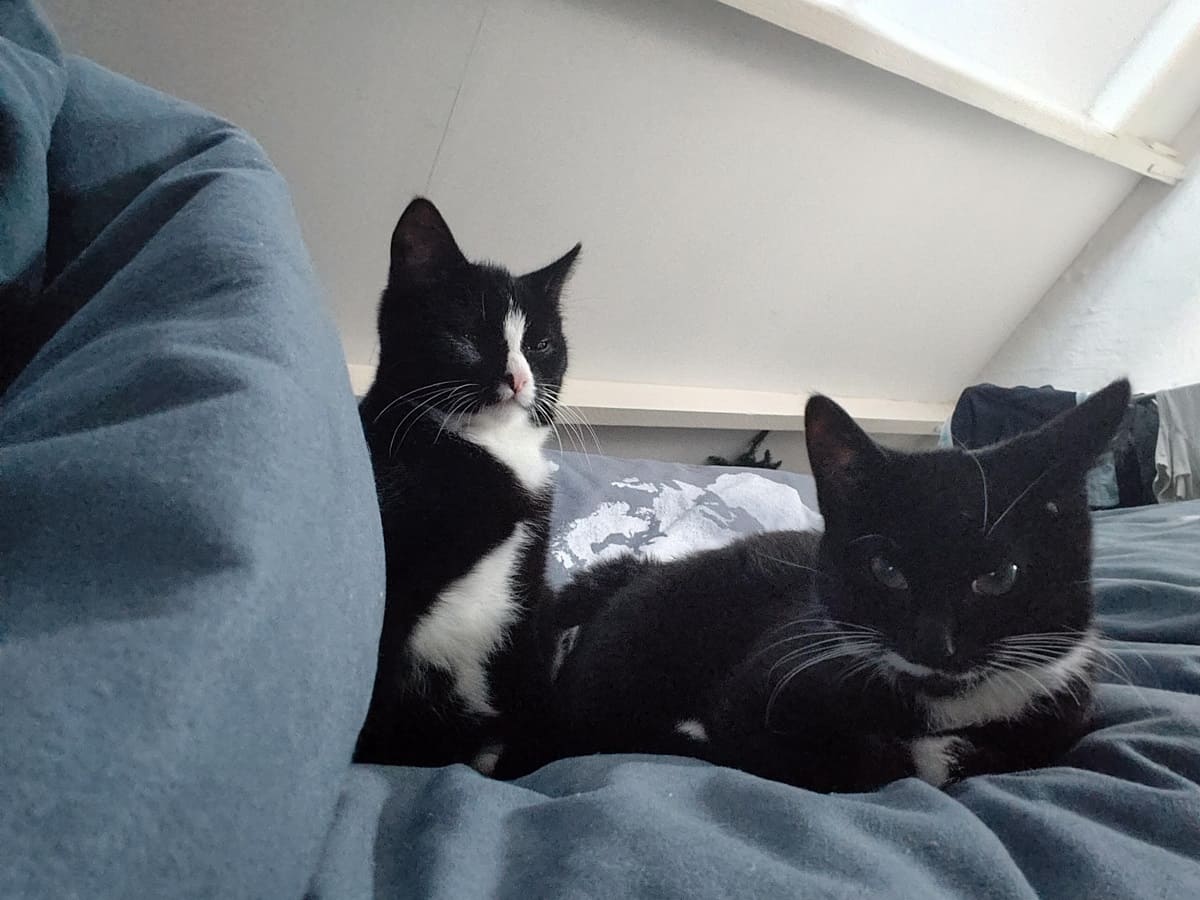
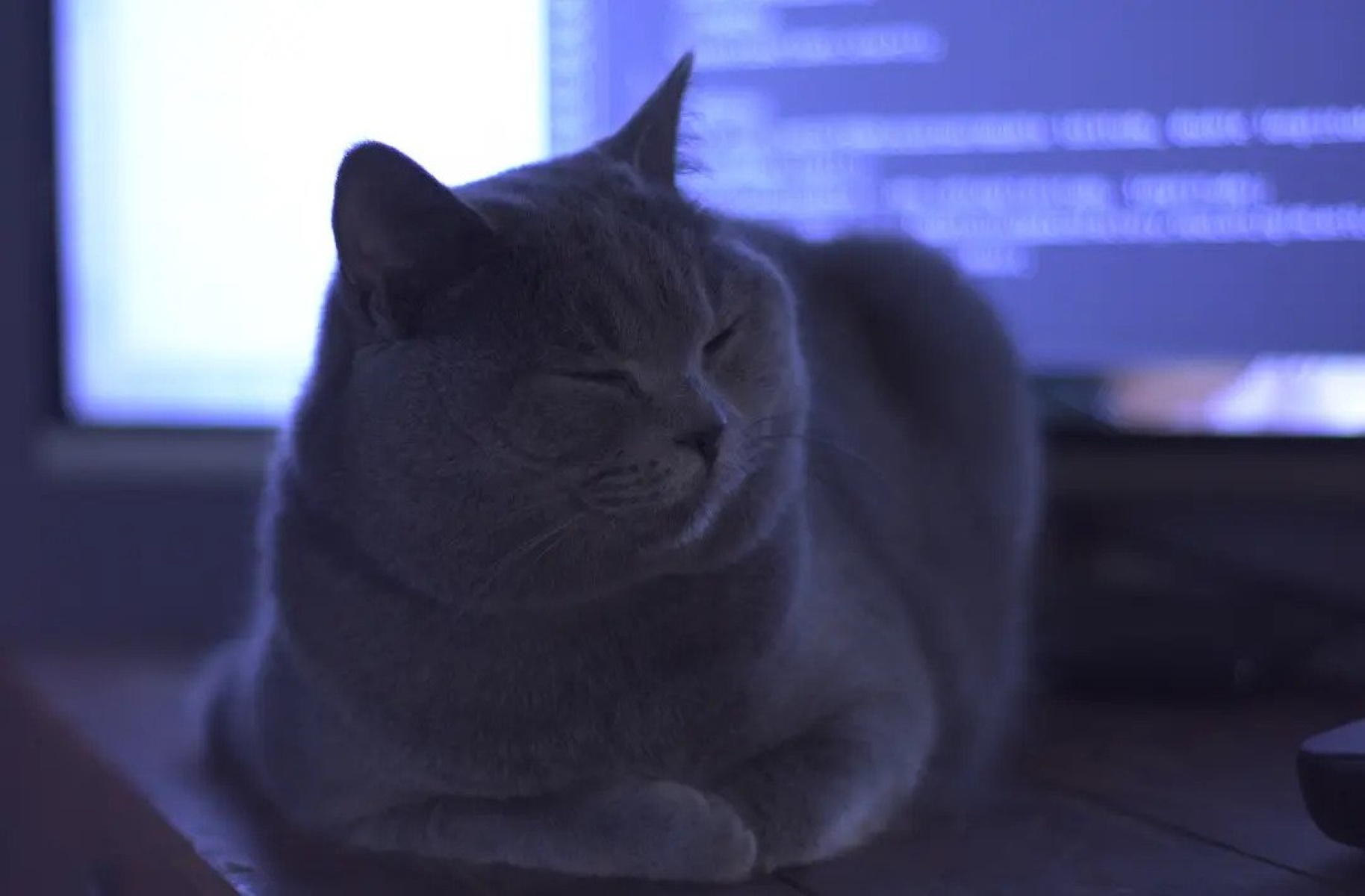
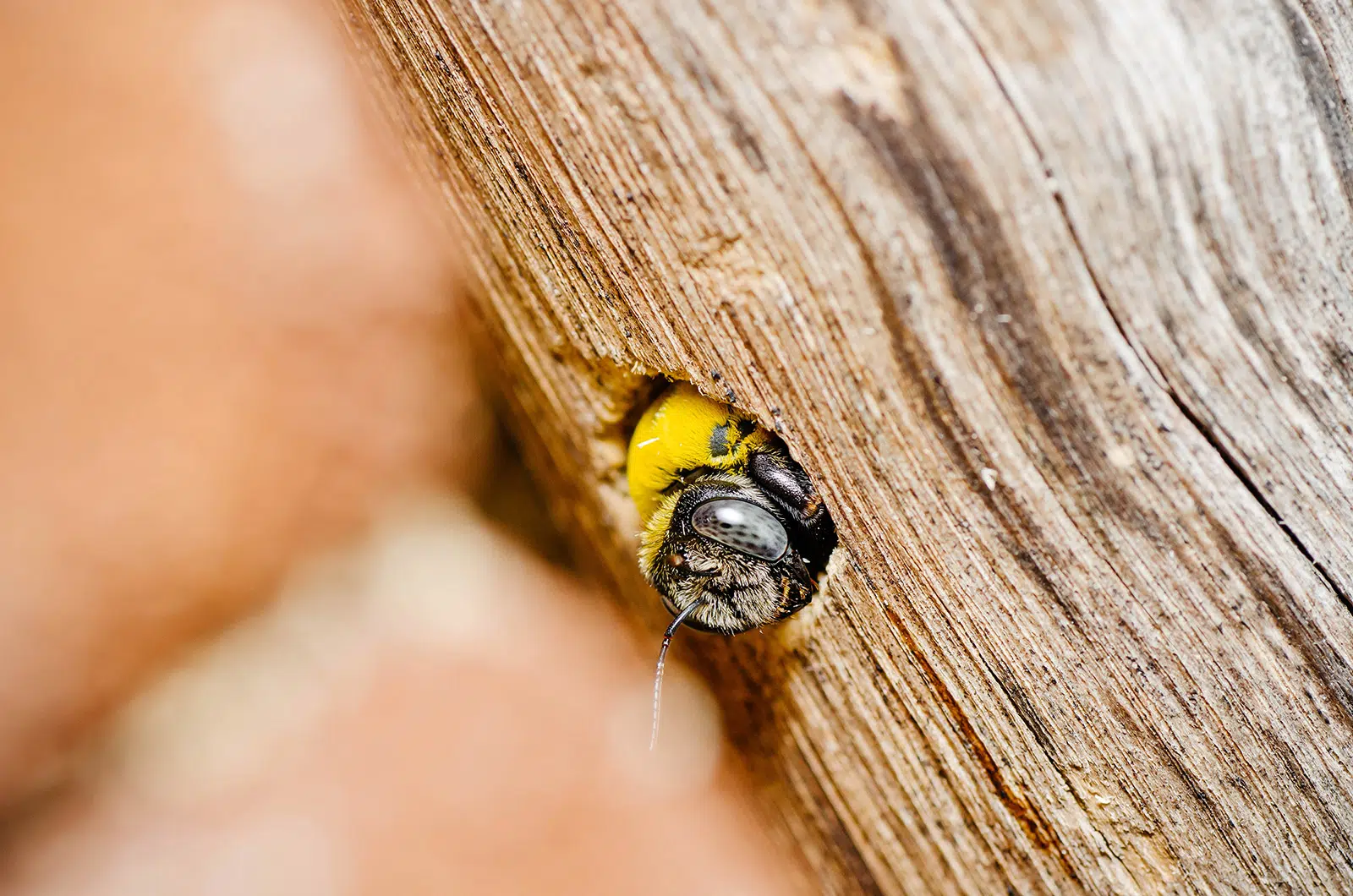
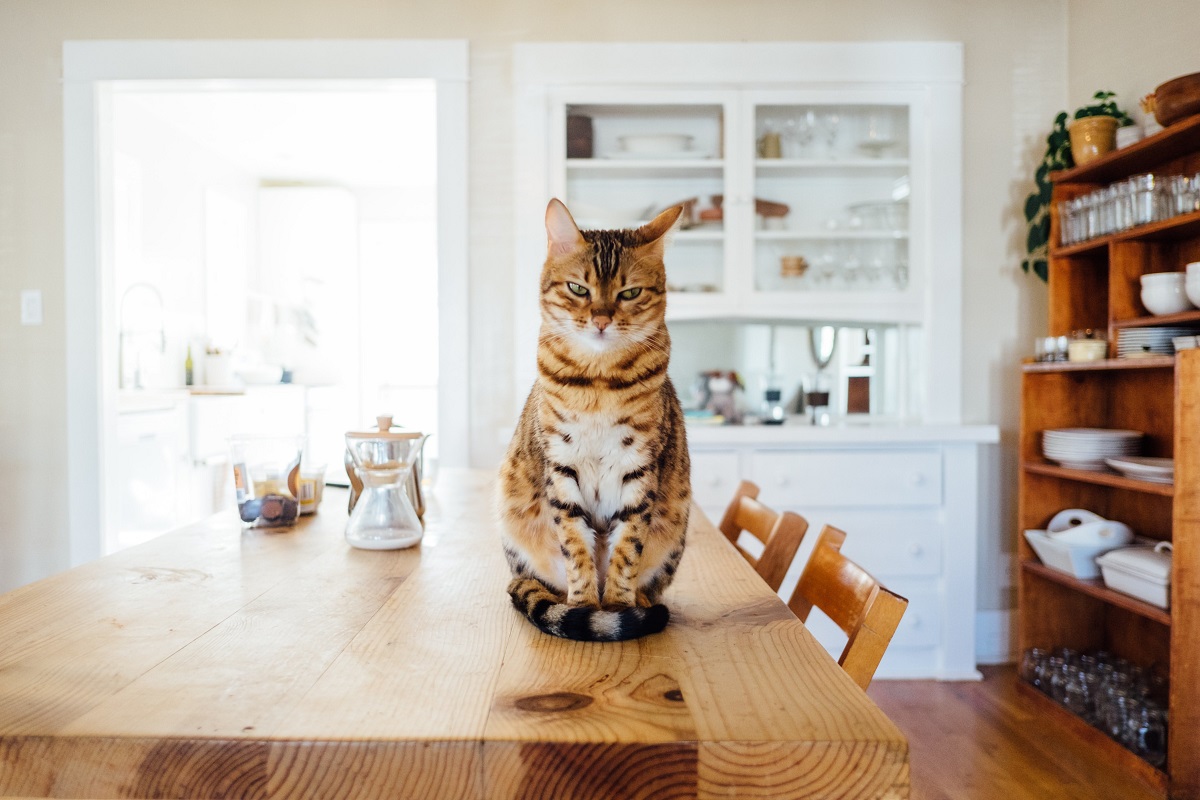
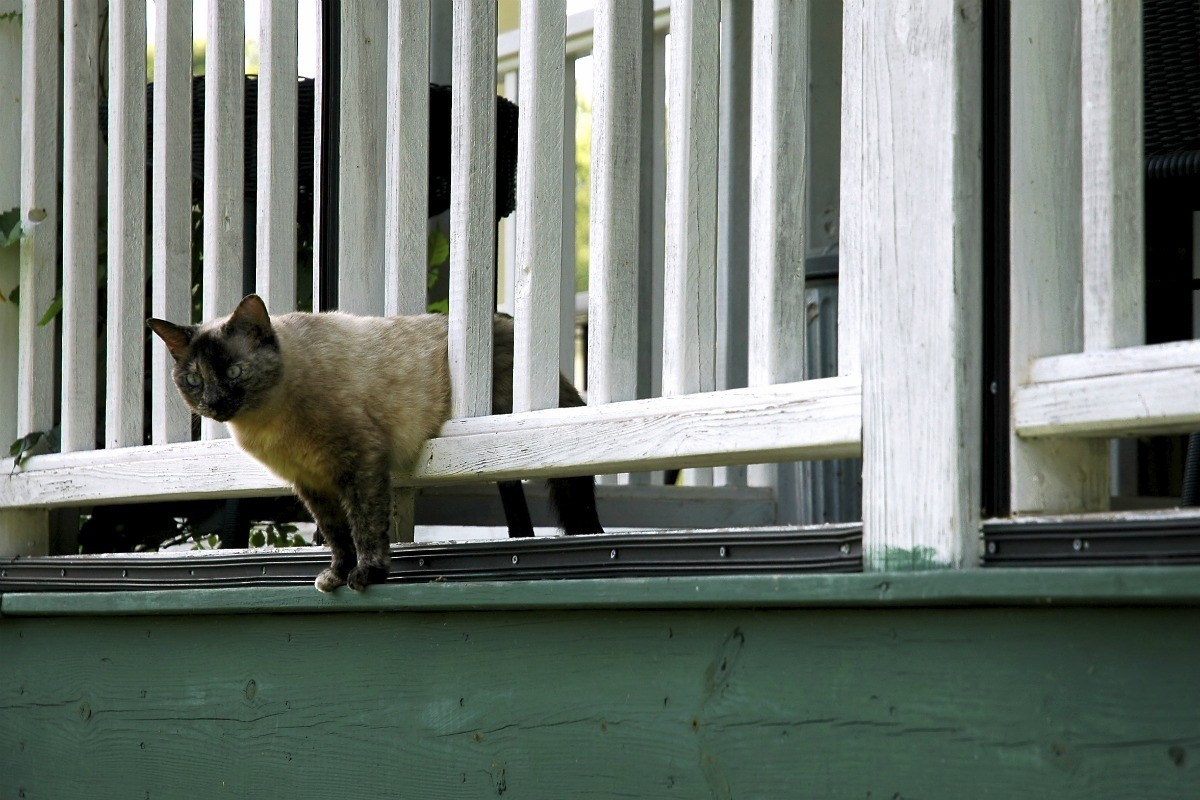

0 thoughts on “How To Keep Cats Off Your Patio Furniture”